How to Produce Wine: The Winemaking Process
Do you know the process of wine production? How do you “make wine” from fruit that grows on vines? How is this ancient drink made from grapes using the vinification process? What do direct pressing, malolactic ferment, pellicular fermentation, wine aging or varietal blend involve?
It is essential to understand the production of wine in order to appreciate and fully comprehend each wine.
Viticulture is the cultivation of vines and grapes
The art of growing vines has been mastered by man since ancient times. This article only scratches the surface of the mysteries surrounding winegrowing and savoir faire. Wine tourism in France will allow you to appreciate the richness and variety of this industry. Then we’ll go through the various stages of wine making.
Vineyards: A meeting of terroirs, grape varieties and winemaking techniques
Growing vines that produce grapes is the first step in making wines.
To plant the correct grape varieties, winegrowers must have a thorough understanding of local soil characteristics and climate. A vineyard with an AOC (Appellation d’Origine Controlee), or IGP, (Indication Geographique Protegee), can only produce vins de pays by using recognized varieties.
A grape variety is one whose properties influence the wine’s quality and aroma. Pinot Gris or Syrah, black grapes or red grapes; Riesling, white grapes. Winegrowers choose to grow specific grape varieties with distinct aromas based on their region, and the type of wine they wish to produce.
The wine can be labeled organic when the area of vineyards is grown biodynamically using specific equipment, techniques and products. It must also meet other environmental and phytosanitary requirements. Other winegrowers produce wine that is organic, but also respects the environment and health of consumers.
Harvesting and Sorting
The harvest begins when the white or red grapes have reached the desired maturity (size, color, taste, and natural sugar levels). Late harvesting is an age-old French custom that occurs towards the end summer. For some wine-growing regions, this can be from mid-August to early autumn.
Harvesting is done by hand picking ripe, healthy grapes with secateurs (a qualitative method that requires you to pick them up and carry them back), or by using a harvesting device (a quantitative technique that requires more sorting).
To produce the highest quality wine, it is important to sort the grapes after harvest. After this sorting, juice can be extracted from grapes and wine made through vinification.
Vinification is the process of turning grapes into wine
In a winery, or a cooperative cellar, winegrowers create their alchemy during the vinification. How are grapes vinified? produces good wine in several steps. The grapes have to undergo several processes before they can start the fermentation process.
Destemming
How can you get from whole bunches of grapes to grapes without stalks? destemming is the first step. Destemming is the process of removing all the stems from each bunch, leaving only the grapes. Some producers of dry white wines skip this step because the tannic found in the stems gives the desired green aroma, acidity and astringency.
Grape juice can be extracted by pressing or crushing, depending on whether it is wine.
The next step is pressing or crushing the grapes in order to extract juice. Each type of wine has a unique process.
- Crushing mainly occurs for red wine, in order to tint the juice using the skin of the grapes. It is called treading in the past, and involves stomping grapes with your feet. Today, however, the process is usually completed by a machine for hygienic reasons. Grapes are crushed in order to get the must. This is a mixture of skin, juice, pulp and seeds.
- To maintain the light color of white wine, grapes are directly placed in a Press. This separates the juice from skin and flesh. First, the “free-run” wine is produced. The second presses produce a concentrated and tanninous extract known as “press wines”.
- You can use either of these methods to make rose wine. A very light wine is made by pressing, while a rose wine with a rich color, called “vin rose de Saignee”, is produced by treading.
Settling white wine and light Roses
The next step involves settling. The juice is poured from the white grapes into a vat where it settles, and clarifies further. After the sediment settles at the bottom of the vat, the liquid clear is racked into a new vat. The black or red grapes are not clarified and go straight to fermentation and maceration.
Alcoholic fermentation
If the conditions are right, grape juice will convert into wine! The fermentation process is crucial to winemaking, because the sugars in the liquid are transformed into alcohol.
The yeast in grapes is responsible for this chemical reaction. Alcoholic fermentation can also be triggered in the vat by adding yeast. Alcoholic fermentation occurs when heat is generated. This yeast type uses grape sugar as fuel to create energy and convert it into wine alcohol.
- Direct maceration and fermentation of red wine
- After pressing or clarification, white wine and rose will ferment.
Maceration for red, rose de Saignee, and colored wines
Maceration for red wines is essential. The grapes, whether black or red, must be macerated slowly without any prior settling or racking. The aromas and tannins from the skin, seeds, and pulp can be infused into the fermented, fruity juice.
The grapes are enhanced and intensified by a variety of techniques, including pumping, rack-and-return, and treading, which involves moving and combining the marc at the top and the bottom of the vat with the fermented may in between.
The maceration process of rose lasts only a few short hours. This is just enough time to get a nice colour. This is called rose of saignee. It has been macerated less than a week before alcoholic fermentation. Red wine can macerate over several days. Macerating a strong, tannic wine for several weeks is necessary to achieve its full aroma.
Running off and pressing red wines
After the must from the black grapes is fermented, it is macerated and the young wine, or vin goutte, is separated by Ecoulage, i.e. by draining the liquid in another container, without the solid residue. The skin that remains can be pressed in order to obtain “press wine” or Vin de presse which is highly concentrated. This liquid is then blended with lighter ” Free Run Wine” or Vin de goutte until the producer achieves the desired aroma and notes.
Malolactic fermentation in supple wines
Malolactic Fermentation can be used to reduce acidity in wine (mostly reds), and give it a smoother texture. This secondary fermentation transforms Malic acid into Lactic Acid. The lactic acid bacteria that cause this chemical reaction produce carbon dioxide.
If producers wish to soften wine, malolactic fermentation may take place during the same fermentation as alcohol fermentation, or after several weeks or even months. This process can be done during maturation, for example, in casks.
Clarification and Filtering
After all vinification processes (fermentation and maceration) have been completed, the wine is filtered to remove any residual marc. The wine is clarified in a new container, then filtered to remove any residual marc (i.e. grape skins or must residue).
Cellar wine maturation
Before bottling, some wines require maturation to reach their full aroma and organoleptic potential. This wine has been aged either in barrels, amphorae or vats. The container can enhance the aromas.
Aging wine before bottling develops greater subtlety and depth. Young wines can reveal interesting characteristics, depending on the grape variety, climate, terroir and batch. These qualities include finesse, suppleness or complexity.
During this stage, the cellarmaster will taste the wine regularly to determine whether it should continue maturing or be stopped. To prevent oxidation, cellar masters can add more liquid to the vat if the liquid level drops due to a slight evaporation. The aging process can take anywhere from a couple of months to a few years, particularly for aged wines or great wines that are in the making.
Blending: A skillful blend between grape varieties and vineyard plots
Blending is the next step after vinification and maturation. This crucial stage involves blending grape varieties in order to obtain the final wine. We mentioned in the beginning of the article that it is crucial to select the correct grape varieties for a vineyard according to the climate and terroir.
It is important to make the right choice when blending different grape varieties, and juices from different plots (vats), and containers (barrels, casks etc.). This process produces the final batch. Winemakers may perform another cycle of clarification and filtering before bottling.
Wine bottling is a major achievement for winegrowers
In the Champagne region, nearly 100 years ago, the invention of a corking machine made it possible for winegrowers to bottle their wine. Since 1926, Sanbri SAS has been a family-owned business that continues to innovate. The company’s French manufacturing expertise, as well as its high-quality wine-making tools, are known around the globe.
Bottling represents the pinnacle in winemaking, and is a great achievement for winegrowers. This process is typically done on-site, in the winery. It’s to prevent counterfeits and unauthorized mixtures.
The wine is then gently pumped into clean glass bottles to the desired fill level. The cork, which often has the vineyard name on it, is quickly placed into the bottle.
On top, a capsule with the vineyard name and batch number is placed. After a final cleaning, the bottles can be packaged in wine cases and boxes.
Aging wine in a cellar
It is best to wait several years before you taste a Vin de garde to allow it to mature. Ask a wine merchant or sommelier for their advice.
Wine cellar is the ideal place to age. These spaces should meet certain conditions for wine preservation. This includes temperature, humidity, light, air quality and stability.
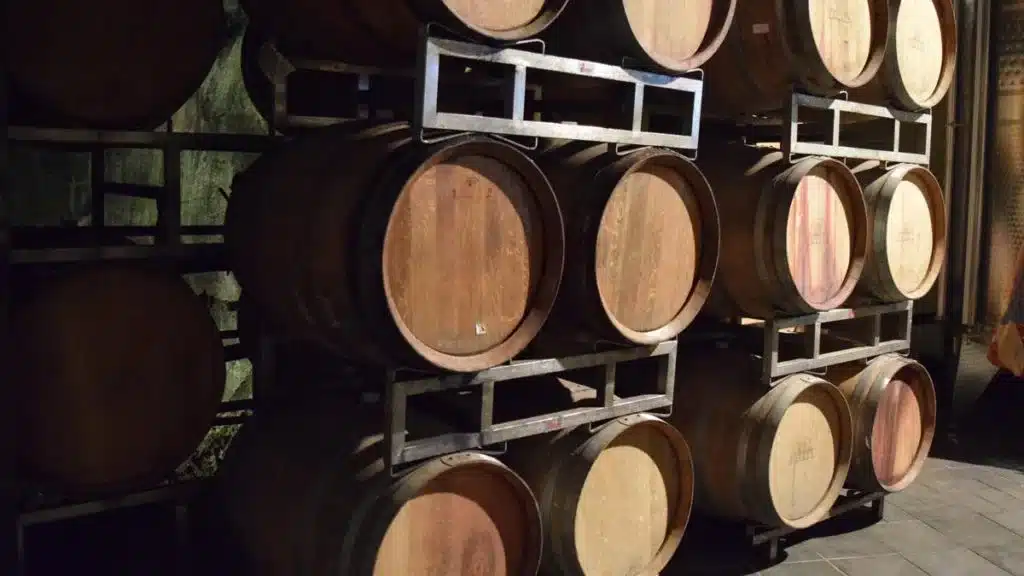

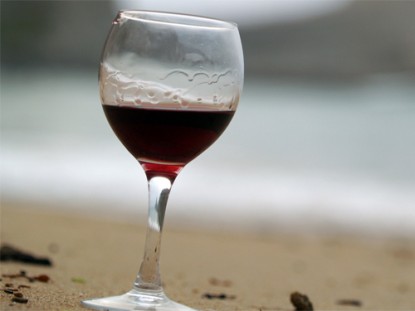

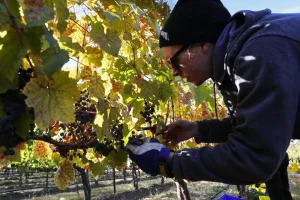
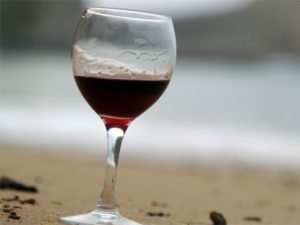
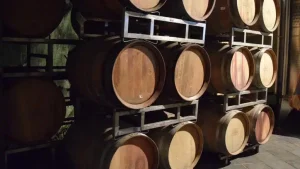
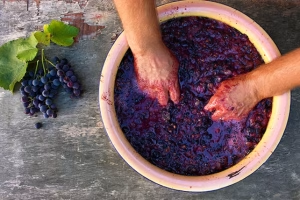
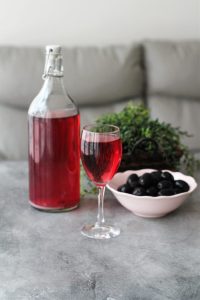



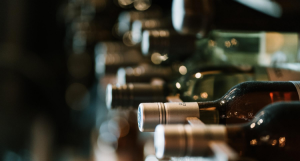
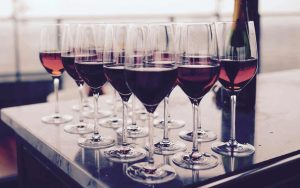
Post Comment